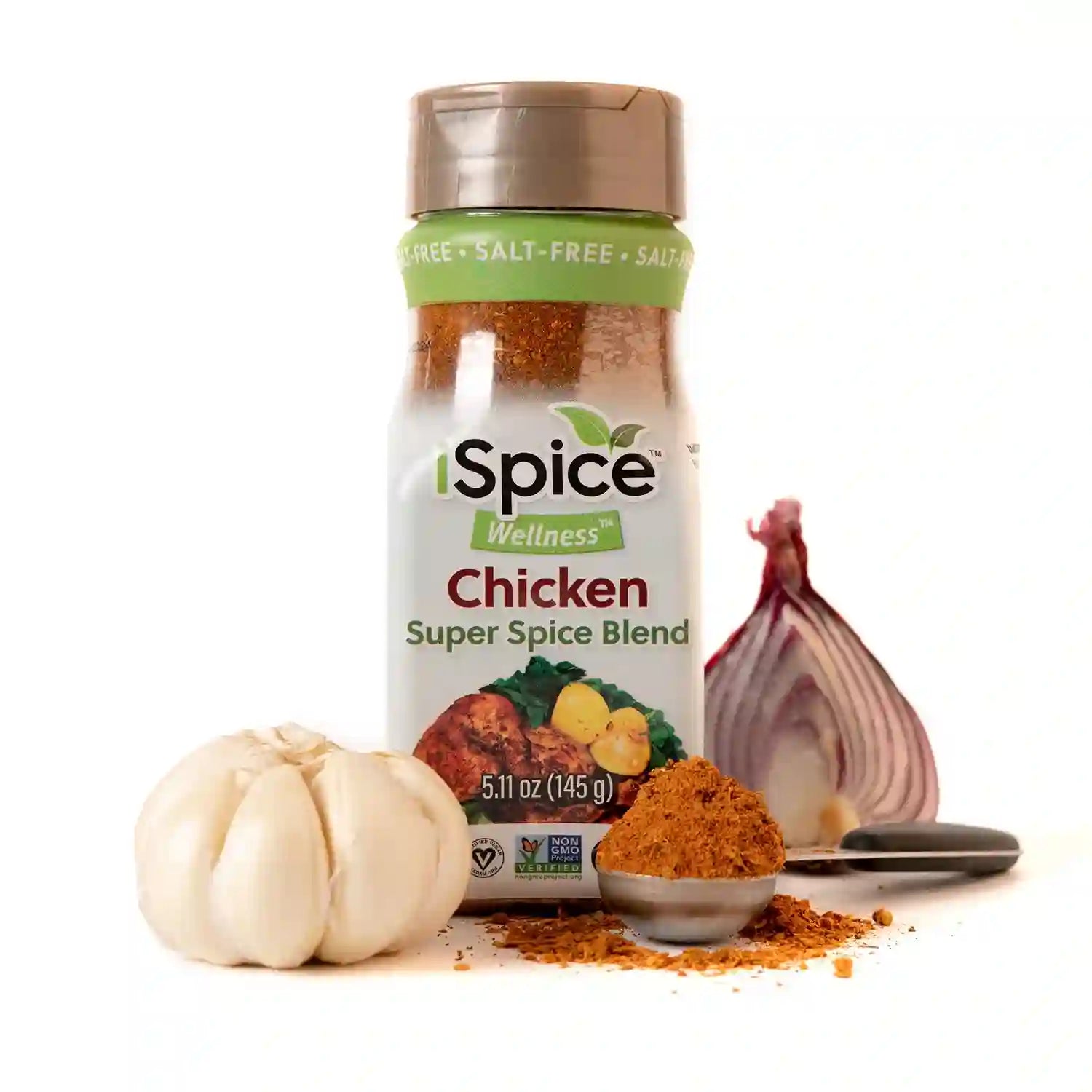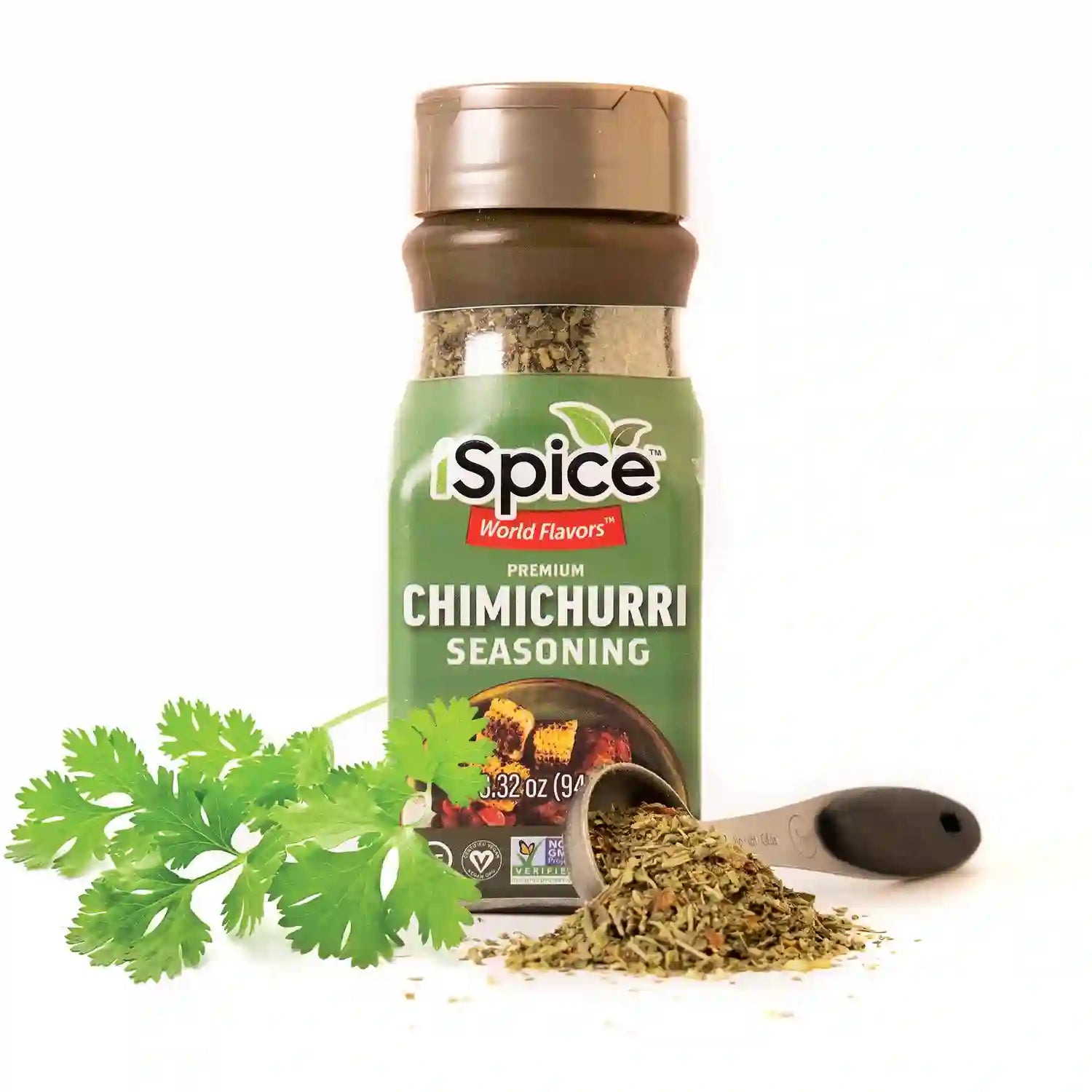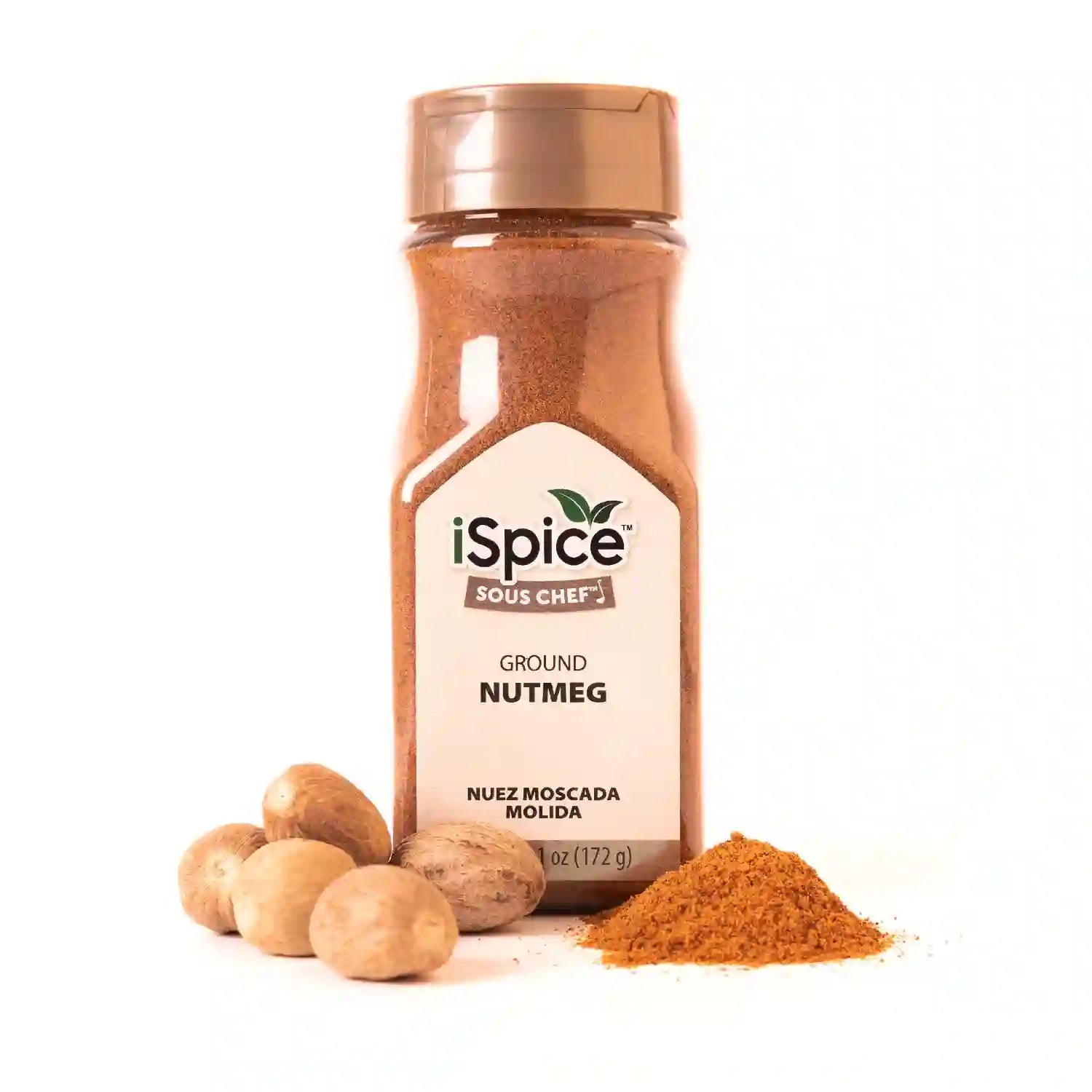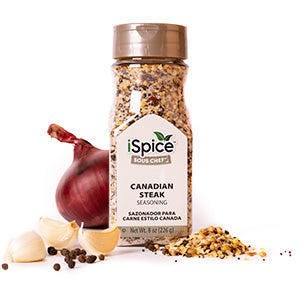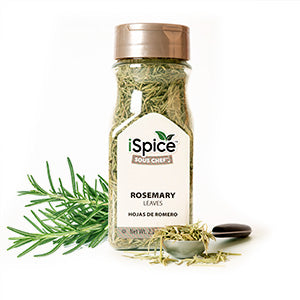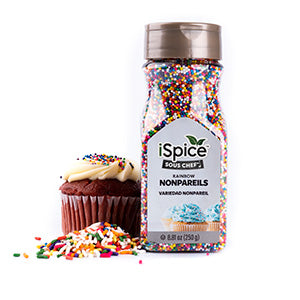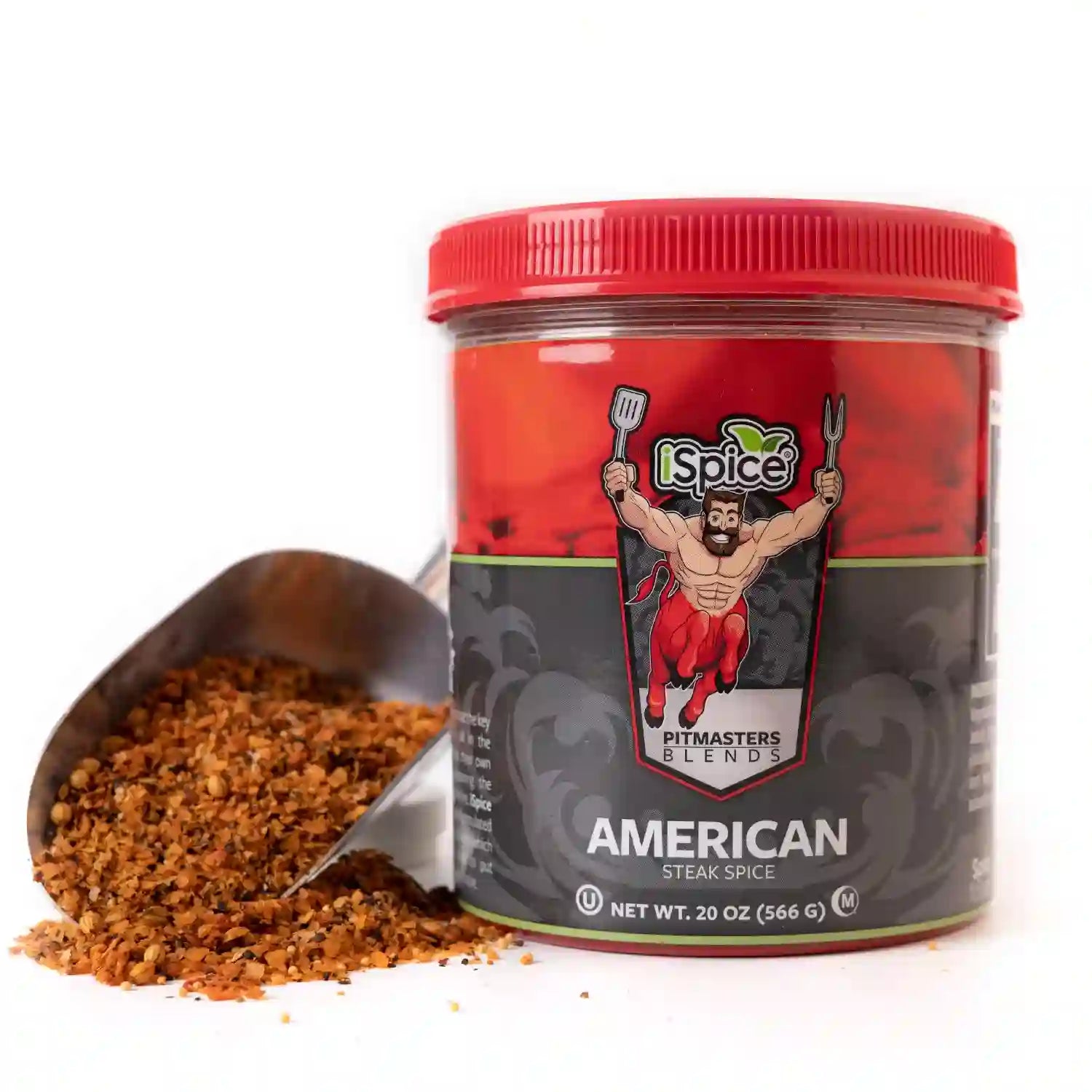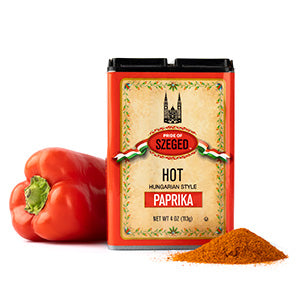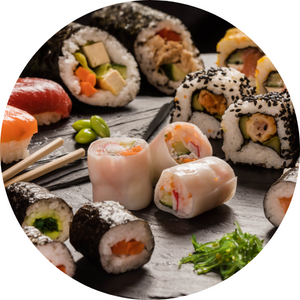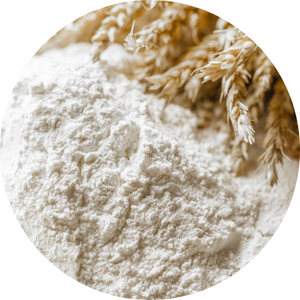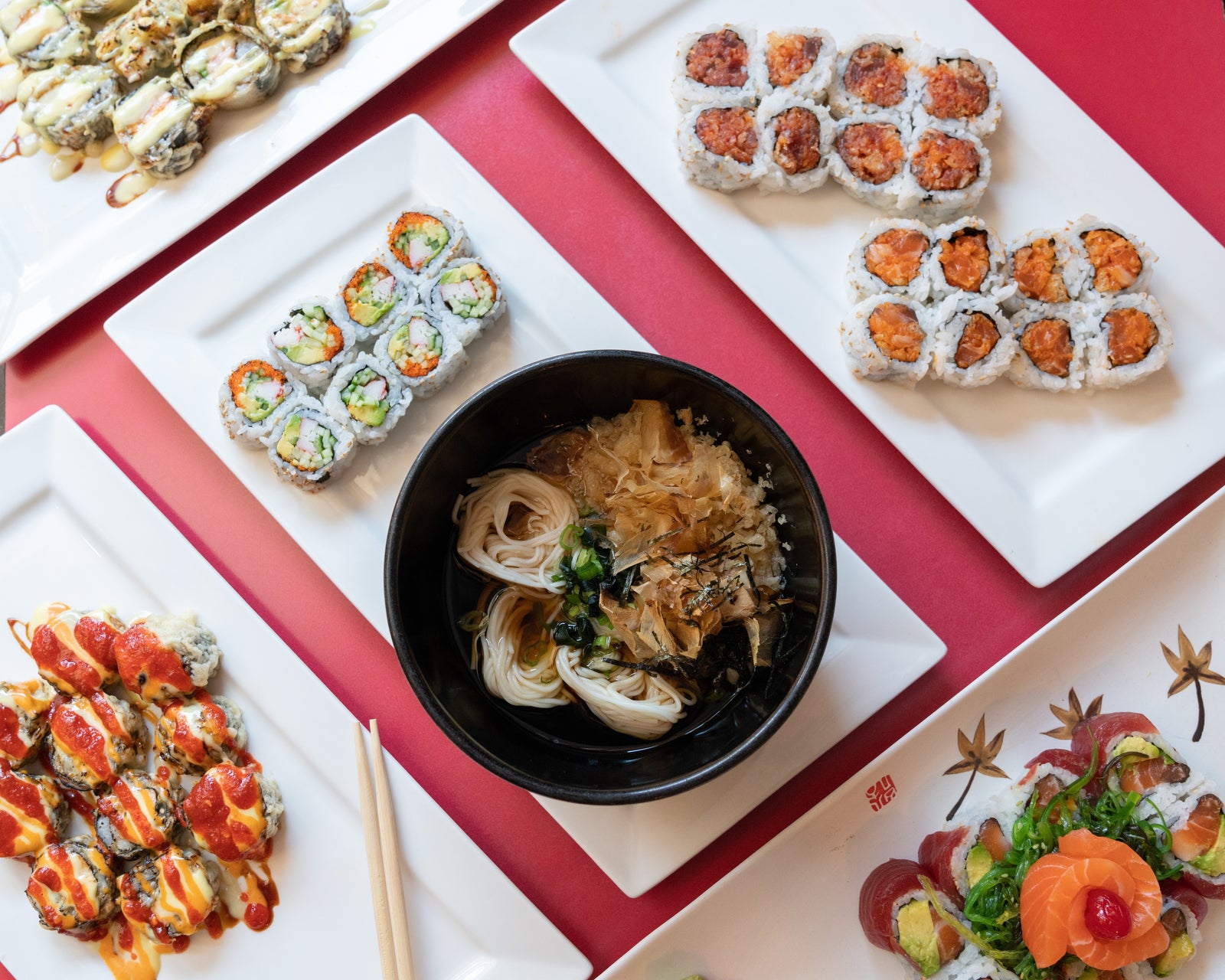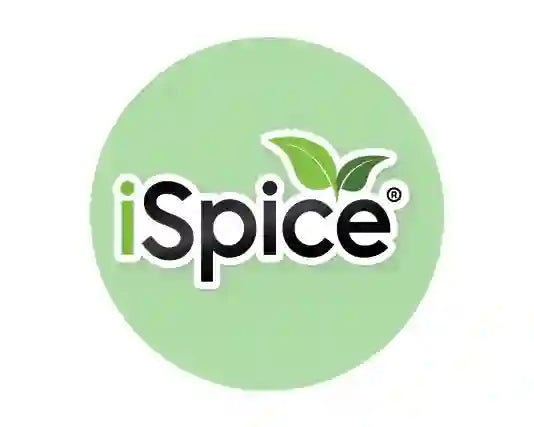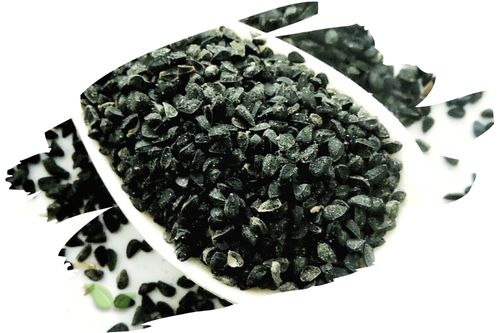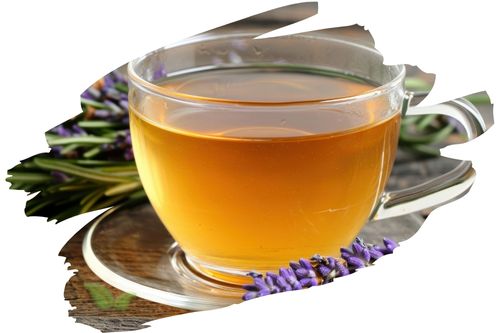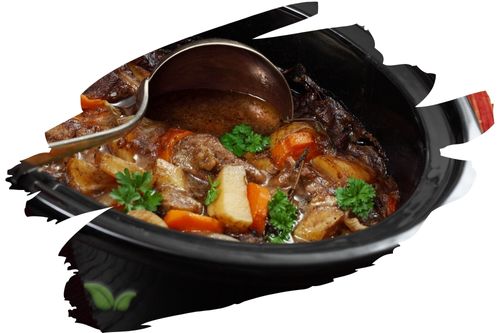
Introduction
Welcome to the world of Cordyceps, a fascinating genus of fungi known for its unique properties and health benefits. In this article, we'll explore the key differences between Cordyceps Sinensis and Cordyceps Militaris, two closely related species that have gained popularity in recent years for their potential health advantages.
Cordyceps Sinensis: The Himalayan Gold
Cordyceps Sinensis, often referred to as the "Himalayan Gold," is a rare and highly prized fungus found in the high-altitude regions of the Himalayas. It has been used for centuries in traditional Chinese and Tibetan medicine. Let's delve into its characteristics and benefits.
-
Habitat: Cordyceps Sinensis thrives in the cold, harsh environments of the Himalayan Plateau, making it a unique and resilient species.
-
Appearance: This fungus has a slender, finger-like appearance with a pale yellow to orange-brown color.
-
Benefits: Cordyceps Sinensis is believed to enhance stamina, boost the immune system, improve respiratory function, and provide anti-aging properties.
Cordyceps Militaris: The Cultivated Alternative
Cordyceps Militaris, on the other hand, is a cultivated counterpart that has gained popularity due to its adaptability and availability. It is often used as a substitute for Cordyceps Sinensis in supplements and traditional medicine.
-
Cultivation: Unlike Cordyceps Sinensis, which is challenging to harvest in the wild, Cordyceps Militaris can be cultivated in controlled environments, making it more accessible.
-
Appearance: Cordyceps Militaris has a distinct orange to reddish color and a club-like shape, making it easy to differentiate from its wild counterpart.
-
Benefits: This species is known for its potential to improve athletic performance, support the immune system, and enhance overall vitality.
Key Differences
Now, let's compare these two Cordyceps species side by side to understand their differences better:
| Criteria | Cordyceps Sinensis | Cordyceps Militaris |
|---|---|---|
| Natural Habitat | Himalayan Plateau | Cultivated Environments |
| Availability | Rare and Wild-Harvested | Easily Cultivated |
| Appearance | Slender and Finger-Like | Club-Like and Orange-Red |
| Medicinal Benefits | Stamina, Immunity, Anti-Aging | Athletic Performance, Immunity, Vitality |
FAQs (Frequently Asked Questions)
Q: Which Cordyceps species is more expensive? A: Cordyceps Sinensis is generally more expensive due to its rarity and the difficulty of harvesting it in the wild.
Q: Are Cordyceps Sinensis and Cordyceps Militaris equally effective for improving stamina? A: Both species have been associated with improved stamina, but individual responses may vary.
Q: Can Cordyceps Militaris be used as a substitute for Cordyceps Sinensis in traditional medicine? A: Yes, Cordyceps Militaris is often used as a more accessible alternative to Cordyceps Sinensis.
Q: Are there any known side effects of consuming Cordyceps fungi? A: Cordyceps fungi are generally considered safe when consumed in moderation. However, it's essential to consult with a healthcare professional if you have any concerns.
Q: Can Cordyceps supplements be taken with other medications? A: It's advisable to consult with a healthcare provider before taking Cordyceps supplements alongside other medications to avoid potential interactions.
Q: Where can I purchase Cordyceps products? A: Cordyceps supplements and products are available in health food stores, online retailers, and through traditional Chinese medicine practitioners.
Conclusion
In the debate of Cordyceps Sinensis vs. Cordyceps Militaris, both fungi offer distinct advantages. Cordyceps Sinensis, with its rarity and traditional use, has a unique aura of mystique. Cordyceps Militaris, on the other hand, provides a more accessible and readily available option. The choice between them depends on your specific health goals and budget.
Alert: While spices can have many beneficial properties for health, using them for medical purposes should be done under the guidance and supervision of a healthcare professional or specialist. Some spices may interact with medications or cause adverse reactions in certain individuals, and it is important to use them safely and appropriately. If you are considering using spices for a medical condition, it is important to consult with a healthcare professional before doing so.

